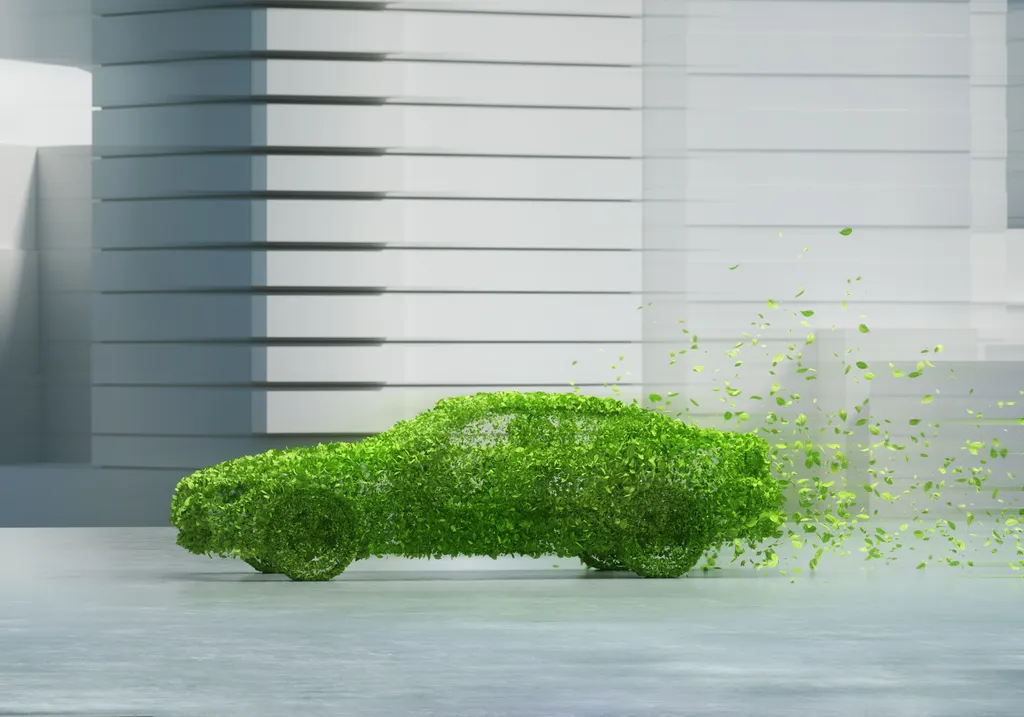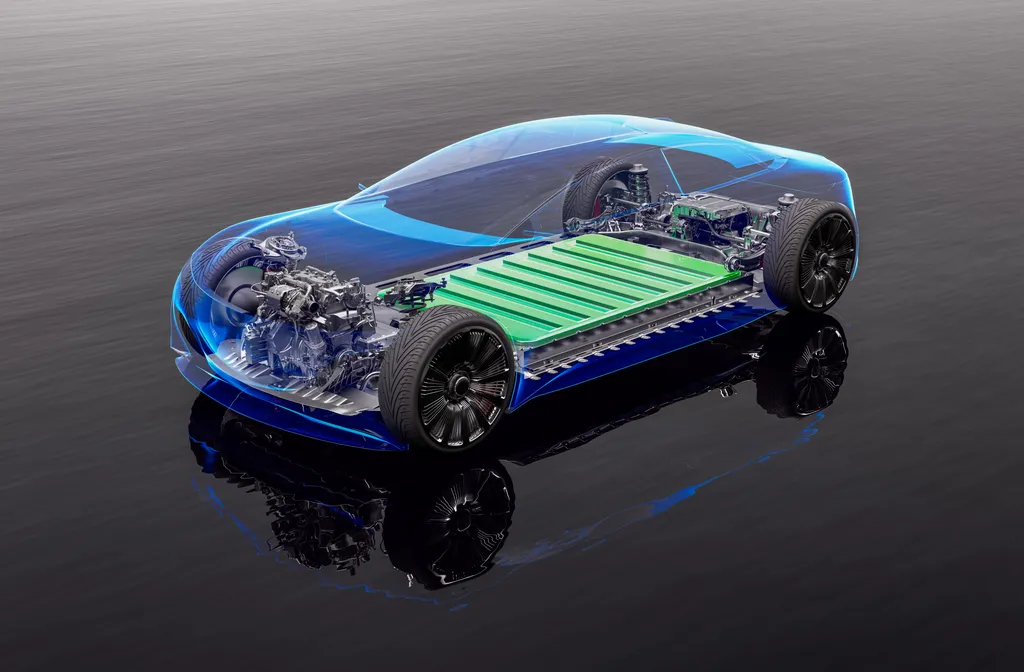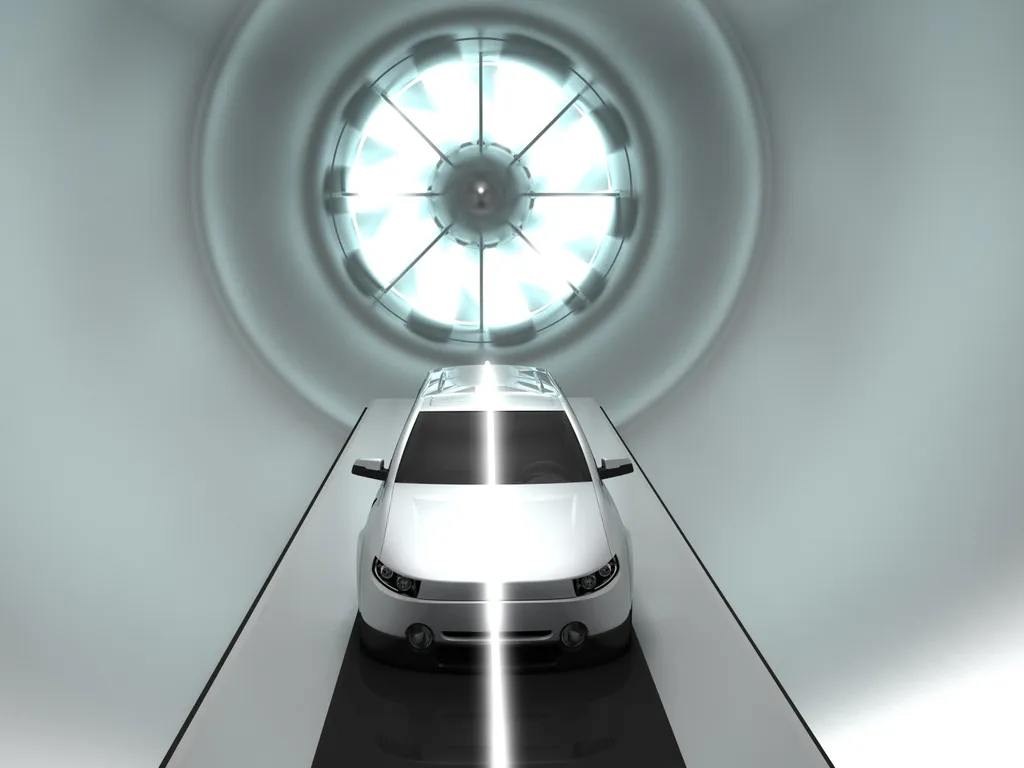
Electric vehicles (EVs) are revolutionizing the automotive industry, offering a sustainable alternative to traditional internal combustion engine cars (ICE). As the world shifts towards cleaner transportation solutions, EV efficiency has become a crucial factor in their widespread adoption. Maximizing the performance and range of electric vehicles not only enhances the driving experience but also contributes to overall sustainability goals, making electric vehicles an increasingly attractive option for environmentally conscious consumers.
This article delves into various aspects of EV efficiency and provides valuable insights to improve electric vehicle performance. Readers will gain an understanding of how electric cars compare to gas powered cars in terms of efficiency, explore innovative technologies driving advancements in the field, and learn about the significant role of aerodynamics in enhancing EV capabilities. Additionally, the article examines how software optimization can further boost EV efficiency, offering practical tips for owners to get the most out of their battery electric vehicles.
Comparing Electric Vehicles to Traditional Vehicles
Electric vehicles (EVs) have gained significant attention due to their superior efficiency compared to the traditional internal combustion engine (ICE) gasoline vehicle. This efficiency translates into numerous benefits, including energy conversion rates, fuel costs, and reduced environmental impact.
EVs demonstrate remarkable energy conversion efficiency, utilizing approximately 77% of the electrical energy from the grid to power the wheels. In contrast, ICE conventional vehicles convert only about 12-30% of the energy stored in gasoline to power at the wheels. This stark difference in energy conversion rates highlights the inherent advantage of electric powertrains.
Fuel Costs and Savings
The superior efficiency of EVs leads to substantial fuel cost savings for owners. On average, EVs cost $485 per year to fuel, while conventional gasoline vehicles cost $1,117 annually. This difference results in significant long-term savings for EV owners, making the electric car an increasingly attractive option for cost-conscious consumers.
Environmental Impact
EVs have a considerably lower environmental impact compared to their ICE counterparts. A typical EV produces about 4,100 pounds of CO2 equivalent emissions per year, while an average gasoline-powered vehicle emits approximately 11,435 pounds of CO2 equivalent annually. This substantial reduction in emissions contributes to improved air quality and helps combat climate change.
The efficiency advantages of EVs extend beyond individual benefits, playing a crucial role in reducing overall energy consumption and greenhouse gas emissions in the transportation sector. As battery technology continues to advance and charging infrastructure expands, the efficiency gap between EVs and traditional vehicles is expected to widen further, solidifying the position of electric vehicles as the future of sustainable transportation.
Regenerative Braking Systems
Regenerative braking is a groundbreaking technology that has revolutionized the efficiency of electric and hybrid vehicles. This system captures the kinetic energy typically lost during braking and converts it into electrical power, which is then used to recharge the vehicle’s high-voltage battery. The process works by reversing the function of the electric motor, turning it into a generator that produces electricity when the car slows down.
The efficiency of regenerative braking is impressive, with the ability to recapture up to 70% of the kinetic energy that would otherwise be wasted as heat in conventional braking systems. This translates to a potential increase in driving range of 15-30%, depending on the vehicle model and driving conditions. City driving with frequent stops and starts, as well as downhill routes, benefit the most from this technology.
However, regenerative braking is not without its limitations. It is less effective at lower speeds due to reduced kinetic energy, and some drivers may need time to adjust to the different feel of the brake pedal compared to conventional systems.
Despite these minor drawbacks, the benefits of extended range, reduced wear on brake components, and improved overall vehicle efficiency make regenerative braking a key innovation in EV technology.
The Role of Aerodynamics in Electric Vehicle Performance
Aerodynamics plays a crucial role in maximizing the efficiency and performance of electric vehicles (EVs). At highway speeds, the energy of electric vehicles typically spend over 50% on pushing air away, making aerodynamic optimization paramount for increasing range and reducing battery weight and cost. This complex field of study has a significant impact on EV design and performance.
Drag Reduction Techniques
Designers and engineers employ various techniques to reduce aerodynamic drag and improve EV efficiency. One effective method is the use of a rear diffuser, which can lead to a substantial reduction in drag coefficient (Cd).
Research has shown that a 45 cm diffuser length can result in a 4.12% reduction in drag across driving speeds between 70 km/h and 160 km/h. Additionally, implementing a front lip splitter can further enhance aerodynamic performance by decreasing and guiding the airflow underneath the vehicle. A study found that a 35° splitter resulted in a 2.64% reduction in Cd.
Other aerodynamic adjustments include the use of rear spoilers and finlets. A CFD study comparing vehicles before and after utilizing a spoiler design found a 6.46% reduction in drag with a 17.2% reduction in lift. Vertical spoilers attached to regular spoilers, known as finlets, are designed to improve flow separation at the rear and minimize vortices, further enhancing aerodynamic performance.
Wind Tunnel Testing
Wind tunnels are essential tools for testing and optimizing EV aerodynamics. These large installations use fans to drive air through a test section where the vehicle is positioned. Advanced wind tunnels also feature moving ground surfaces to simulate real-world conditions more accurately. However, these facilities can be expensive, with high-end tunnels costing over 100 million euros to build or 5,000 euros per hour to rent.
To reduce costs and accelerate the development process, virtual wind tunnels utilizing computational fluid dynamics (CFD) have become increasingly popular. These digital simulations allow designers and engineers to analyze airflow around vehicles before building physical prototypes, significantly reducing development time and expenses. Cloud-based simulation tools are making it possible to run aerodynamic simulations earlier in the design process, even during the conceptual phase.
Real-World Efficiency Gains
The impact of aerodynamic improvements on EV efficiency is substantial. A study comparing city and highway driving showed that a 10% reduction in drag coefficient resulted in a 3% decrease in fuel consumption. This correlation between drag reduction and energy efficiency highlights the importance of aerodynamic optimization in EV design.
By implementing various aerodynamic modifications, such as front splitters, rear diffusers, rear spoilers, and rear fins, EV manufacturers can achieve significant improvements in overall performance. These optimizations not only decrease the drag coefficient but also enhance safety and stability at higher speeds, making the vehicle easier to handle. The combined effect of these aerodynamic enhancements can contribute to a 10% reduction in drag coefficient, ultimately improving the range and efficiency of electric vehicles.
Optimizing EV Efficiency Through Software
Smart energy management systems play a crucial role in optimizing electric vehicle (EV) efficiency. These systems utilize advanced algorithms and cloud-based platforms to balance energy demand on the grid and ensure cost-effective charging.
By analyzing factors such as dynamic electricity grid conditions, renewable energy supplies, and energy costs, these systems can shift charging loads to off-peak periods, promoting grid stability and reliability. This approach not only prevents grid overload but also optimizes the use of renewable energy sources, particularly during times when solar and wind power are more abundant.
Over-the-Air Updates
Over-the-air (OTA) updates have revolutionized EV maintenance and performance optimization. These wireless software downloads can address various components, including powertrain systems, brakes, and advanced driver assistance systems (ADAS). OTA updates enable continuous improvement of vehicle performance and features without the need for physical recalls or service center visits.
This technology not only enhances convenience for EV owners but also accelerates bug resolution and improves overall vehicle efficiency. By maintaining regular OTA updates, EV owners can ensure their vehicles remain up-to-date, secure, and operating at peak efficiency.
Predictive Route Planning
Predictive route planning and route optimization is another software-driven innovation that enhances EV efficiency. By utilizing real-time data on charging station availability and status, EV energy management applications can help drivers plan the most efficient routes, avoiding unnecessary detours. This feature not only optimizes energy consumption but also improves the overall driving experience. Additionally, these applications can provide personalized charging schedules based on individual driving patterns and preferences, further streamlining the charging process and maximizing efficiency.
The advancements in electric vehicle technology have a significant impact on the automotive industry, ushering in a new era of efficient and sustainable transportation. From innovative energy management systems to aerodynamic optimizations, EVs are becoming increasingly appealing to consumers. The combination of hardware improvements and software enhancements is pushing the boundaries of what’s possible in terms of range, performance, and overall efficiency.
As we look to the future, the continued evolution of EV technology promises to further widen the gap between electric and traditional vehicles. With ongoing research and development, we can expect to see even more groundbreaking solutions to enhance EV efficiency.
This progress not only benefits individual drivers but also contributes to the broader goal of reducing our carbon footprint and creating a more sustainable future for transportation.






